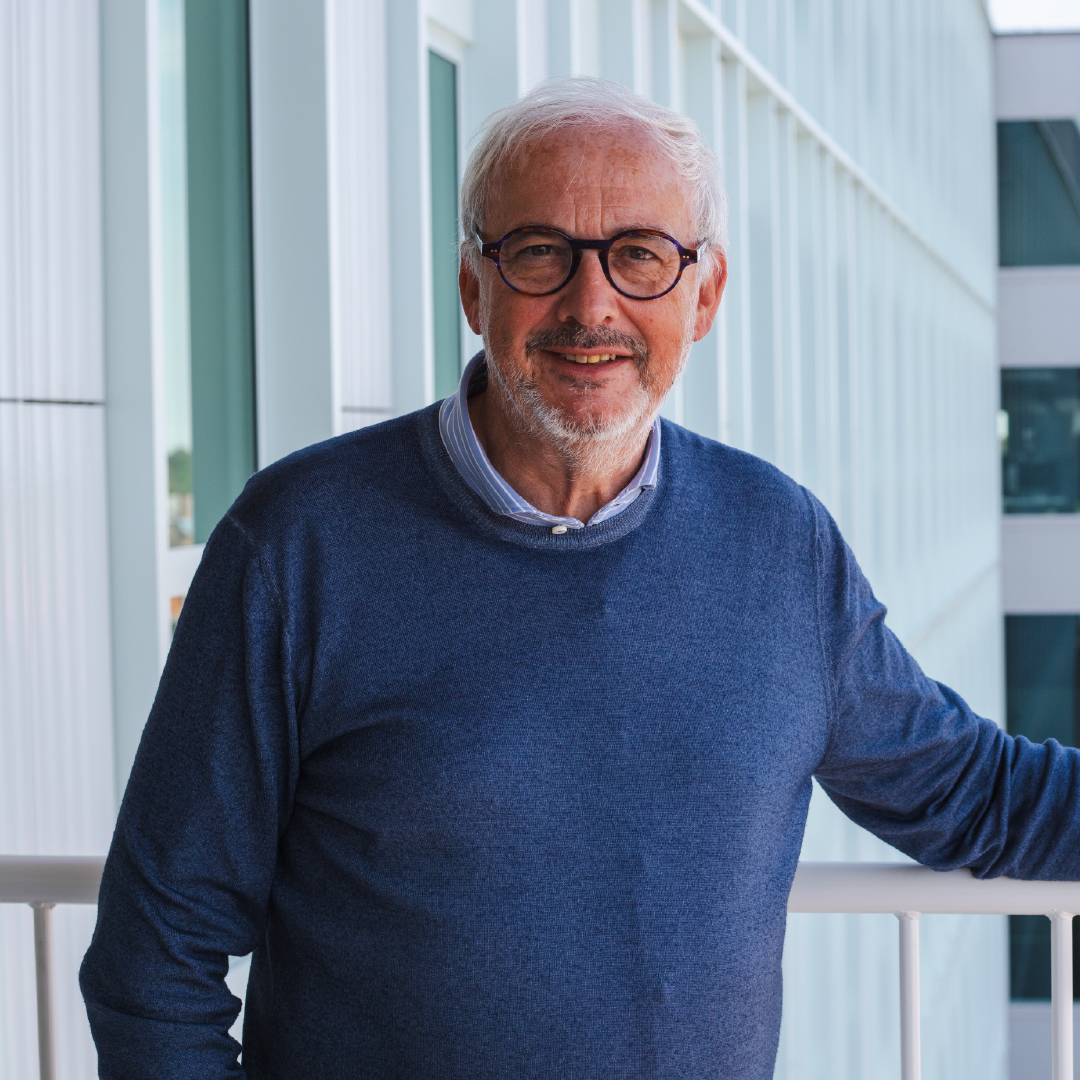Do customers subtly feel a disconnect when engaged with your company?
Try a little experiment.
Lay some brochures, packaging, letterhead or comparable items for three of your main products before you. Do they project a unified visual feel or appear like they’re from different companies?
Even if unified visually, what do they say about your business identity? Do they support it? Does your company have a clearly defined business identity including a business story and overall compelling message that everyone understands?
If not, or you’re unsure, a visual identity plan will guide efforts to uncover your business identity with the goal of effectively communicating these attributes to your customers and prospects. Many business leaders fail to appreciate the discernable ROI of visual identity that properly align a company’s products, services and identification as a singular corporate brand in a way that distinguishes it from competitors.
It’s a distinction customers and prospects subtly notice; the difference between a “me too” or indistinct offering and one from a strong market leader. Visual identity that successfully supports business identity has been shown to improve market perception for more sales and greater profit.
Structured means to shape perception; boost sales
Let’s first define visual identity. It’s not a logo, typeface, design or color scheme.
Visual identity is the discipline of unifying, in a standardized manner, all graphical elements of a company including colors, symbols, fonts, images and everything that visually represents an institution’s business. It’s the step before designing logos, layouts or choosing colors.
Determining visual identity begins by establishing your innovative business story and compelling message. This should be based on key business strategies, brand selling points, and primary buyer persona(s) you’re trying to reach by gender, age, income, education, lifestyle and the like. It can even involve professional market research to learn what customers or an industry thinks of your company.
Essentials of a business story/compelling message can include but are not limited to general descriptors like: established and reliable (IBM or Coca Cola); new and cool (Tesla or Uber); quality and refined (Ritz Carlton or Breitling), or; fun and thrilling (Pokémon Go). Once the business story and compelling message are decided and accepted by the key decision takers, it will guide all visual devices so they are cohesive with the common premise. Visual identity steers the design of the following components to accurately reflect business identity and support of its brand:
- Logo (symbol of the entire identity and brand)
- Stationery (letterhead, business card, envelopes, etc.)
- Sales collateral (flyers, brochures, books, website, etc.)
- Packaging (what products come in)
- Signage (interior and exterior design)
- Apparel (clothing worn by employees, especially in retail settings)
- Anything visual that represents the business
Finally, the rigor of determining a business story and compelling message helps avoid a visual identity that miscommunicates key benefits to a buyer, such as an innovative Cloud-based SaaS company misaligned with a “dial-up-90s” typeface, logo or visuals. It also prevents one individual (e.g., a founder or CEO) from decreeing visual identity based on subjective elements (“I like the color gray.”)
NEXT IN THE SERIES
Seven tips for creating a succesful visual identity by telling a visual story.
Subscribe below for updates!




